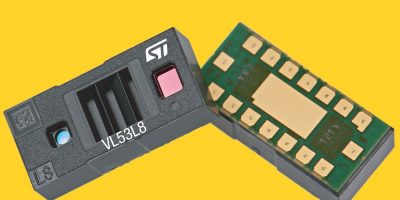Infineon Technologies is adding the AIROC CYW20820 Bluetooth and Bluetooth LE (low energy) system on chip (SoC) to its AIROC Bluetooth portfolio. The AIROC CYW20820 is a Bluetooth 5.2 core specification-compliant device for IoT applications. It is designed to support a wide spectrum of uses for home automation and sensors, including medical, home, security and industrial, as well as lighting, Bluetooth Mesh, or any IoT application that needs Bluetooth LE or dual mode Bluetooth connectivity.
The AIROC CYW20820 is claimed to provide reliable connectivity and low power with high performance compute capability, integrating an Arm Cortex-M4 microcontroller unit with a floating point unit. It features multiple digital interfaces, an optimised memory subsystem and a power amplifier that delivers up to 11.5dBm transmit output power in LE and BR (basic rate) modes, reducing the device footprint and the costs associated with implementing Bluetooth solutions.
Infineon is also adding three modules that include an onboard crystal oscillator, passive components and the AIROC CYW20820 SoC. These integrated modules are globally certified to support fast time-to-market of IoT devices. The AIROC CYBT-243053-02, CYBT-253059-02 and CYBT-243068-02 are supported by ModusToolbox software and tools with code examples to support the rapid development of Bluetooth applications.
“The AIROC CYW20820 Bluetooth, Bluetooth LE SoC and modules are key additions to our portfolio and provide a solution that is low-power, cost-efficient and with scalable performance. With certified AIROC modules, Infineon is taking care of key steps in Bluetooth design to enable customers to have the quickest path to market.” said Sonal Chandrasekharan, vice president of the Bluetooth product line at Infineon.
Infineon’s AIROC wireless products, including Wi-Fi, Bluetooth, Bluetooth Low Energy and Wi-Fi and Bluetooth combos, have shipped more than a billion devices, claimed the company.
AIROC Bluetooth products leverage a common software framework and are pre-integrated with Infineon’s ModusToolbox software and tools, allowing developers to deliver differentiated products to market on time and on budget.
The AIROC CYW20820 will be shown at Embedded World, Nuremberg, Germany, from 21 to 23 June 2022, in hall 4a, booth #138.







